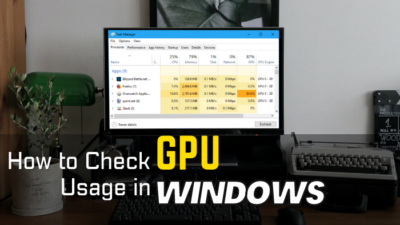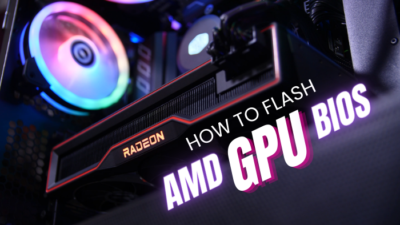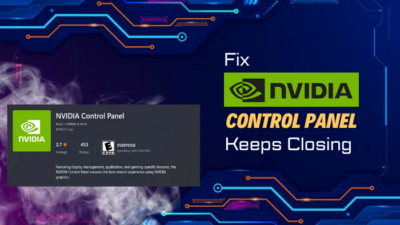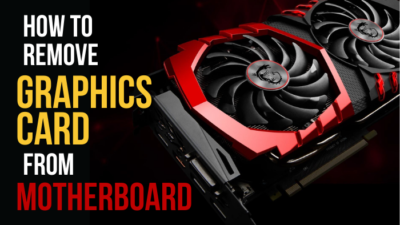Almost everyone has something they care about the most in this world. For Romeo, it was his beloved Juliet; for Gollum, it was his precious ring of power; and for gamers, it’s the graphics card.
Not just for gamers; if you do any video editing or any kind of AI acceleration work, you need to have a graphics card. And a part of the graphics card is its memory.
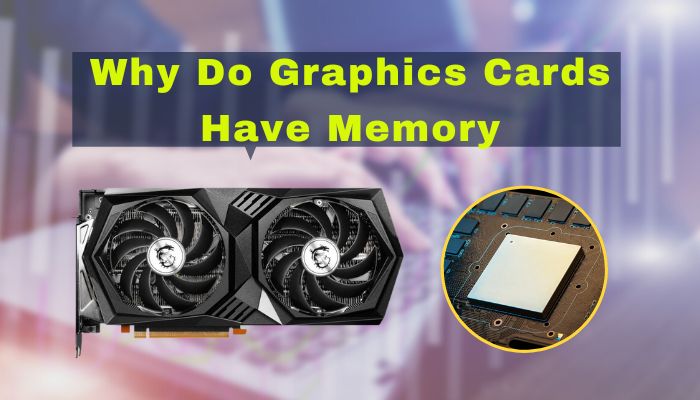
You might be thinking you’ve already got terabytes of hard disk space and multiple sticks of RAM; why do I need more memory exclusively for the graphics processor?
Well, the graphics memory needs to store some exclusive stuff that the other memories cannot. In this article, I’ve explained why graphics cards need memory, what’s this particular memory, and how much memory you need.
Let’s begin.
Why Do Graphics Cards Have Memory?
Graphics card memory, known as VRAM (Video Random Access Memory), is needed to store textures and post-processing.
This memory is solely for the Graphics Processing Unit (GPU). This makes graphics processing faster, more accessible, has more bandwidth, and easier to optimize.
Here are some reasons why graphics cards need memory:
1. To Store Graphics Data
When the CPU senses that certain data is of graphics types such as textures, mesh, shaders, and vector graphics, it sends the data to VRAM instead of RAM. It is stored there until it is needed.
GPU performs millions of calculations every second to display a smooth, clear picture. If there were no VRAM to store required for these calculations, it would have to be stored in SSD/HDD or RAM, which is too far away and will take too long.
It would be impossible to have a smooth experience.
Check our exclusive tutorial on the Best NBA 2K21 Graphics Settings.
2. To Store Pre-rendered Frame
When the GPU is done processing a frame, it sends the frame to the VRAM and starts working on the next frame.
Most of today’s graphics cards have 2 buffers. When the second buffer receives the next frame from the VRAM, the first buffer displays the previous frame to your monitor.
After this process is done, the roles of the buffers change; the second buffer displays the frame while the first fetches the next frame.
The pre-rendered frame is usually 1 frame. But some graphics drivers allow you to change to 2 frames.
3. For anti-aliasing
Anti-aliasing helps to remove the jagged corner by averaging the colors of the pixels at that corner. It makes the frame smooth and clear.
Does Graphics Card Memory Size Matter?
Does size matter? While men have been wondering about this for centuries, and I don’t know the correct answer, what I do know is, does graphics card memory size matter?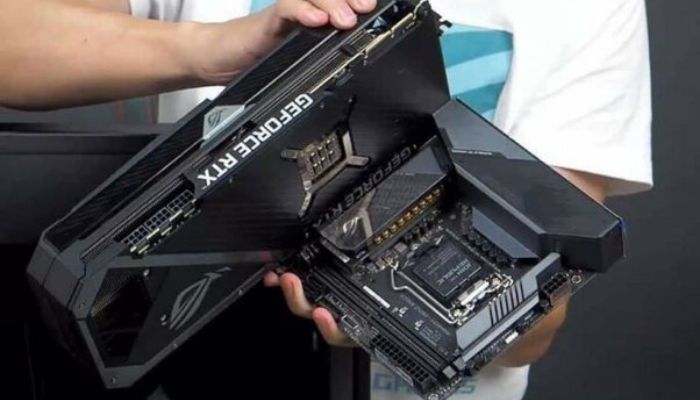
Yes, it matters. Your GPU’s performance depends on it.
If you have plenty of memory in your graphics card, you can play games in 4K, use detailed textures and shadows, and can have other graphics settings on high.
You can have the greatest and most powerful graphics card, but your game won’t run smoothly if you don’t have the necessary VRAM to store the game assets.
Mainly, the more VRAM you have, the higher resolution and more complex textures a graphics card can load.
So, still… the bigger the size, the better the performance, right?
While this can be true for other sensual stuff, for graphics cards, that’s wrong.
You still need to maintain a balance between VRAM size and your firmware. You will get the same performance if you use a 2GB graphics card with old firmware and a 512MB graphics card with new firmware.
Follow our guide to know Fix A Referral Returned from The Server Error Windows.
How Much VRAM Do You Need?
You need at least 4GB VRAM to play games in 1080p low settings and 6GB for high settings. For 1440p, 8GB to 12GB is enough. And for 4K gaming, you need at least 12GB VRAM.
Here are some directions for you to find your VRAM size:
- 1GB-2GB of VRAM
Purchase a graphics card with this VRAM if you play older games or eSports titles and do photoshop. You cannot play modern AAA games with this VRAM, though some games might be playable with low settings.
- 3GB-6GB of VRAM
These VRAMs are suitable for gaming, video editing, and making games. If you want to play games with high settings and in 1080p, you’ll need at least 6GB VRAM.
- 8GB-12GB of VRAM and Above
These types of VRAM are for gamers. For gaming in 4K, you need at least 12GB VRAM.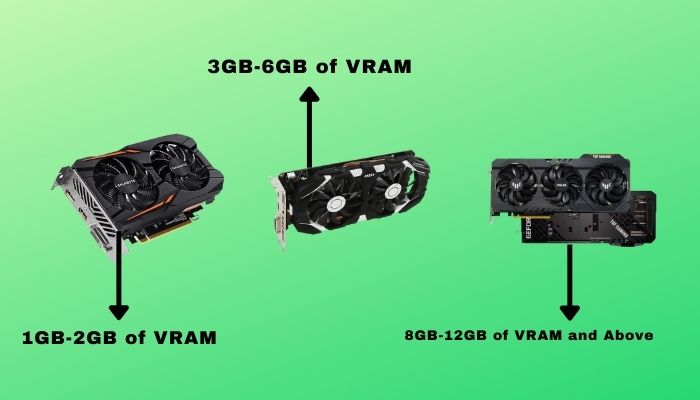
Here’s a complete guide on Fix No Sound Or Audio Bug In Division 2 .
Can You Increase VRAM
The memory is soldered onto the PCB in external graphics cards and cannot be upgraded. In case of internal graphics cards, you can increase VRAM through BIOS.
The easiest way to upgrade VRAM is to buy a new graphics card with higher memory. But if buying is not an option for you, then you can use BIOS to increase VRAM.
Before increasing the memory, check how much memory your integrated graphics card has.
Here are the steps to check integrated graphics card memory:
- Click the Windows icon.
- Go to Settings.
- Select Display. In the Display tab, scroll down and click Advanced display settings.
- Click Display adapter properties.
A new window will pop up, showing your graphics card memory.
The dedicated memory value in the pop-up window has no effect on your PC’s graphics performance. It is there in case any games or apps check the size of your system’s VRAM.
This value can be increased to install apps that require higher VRAM. Remember, this won’t actually improve performance.
Here’s how you can increase the dedicated memory value:
- Right-click on the Windows icon and select Run.
- Type regedit and click OK.
- Select HKEY_LOCAL_MACHINE.
- Expand SOFTWARE.
- Right-click on the Intel option.
- Select New then DWORD (32-bit) Value.
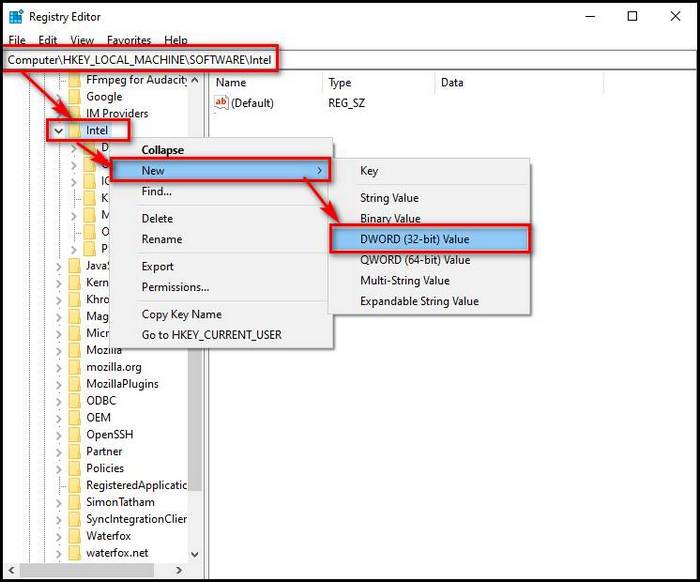
- Double click on it and set the Value name to DedicatedSegmentSize.
- Set minimum value to 0 and maximum value to 512.
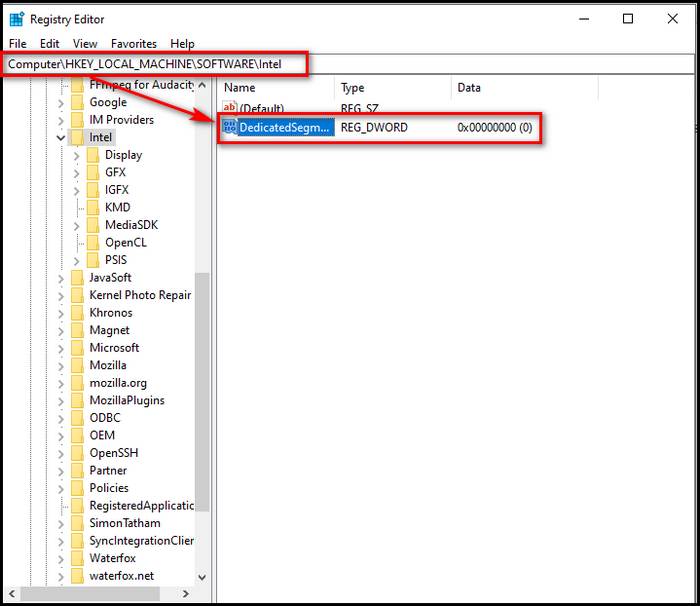
- Close registry.
Then restart your PC. And your integrated graphics card’s dedicated memory value should be increased.
FAQs
Do video cards have their own RAM?
Integrated graphics cards don’t have their own processors and memory (RAM), but dedicated graphics cards have.
Is 512MB VRAM enough for gaming?
You might be able to play some old games, but modern games won’t run, not even with low settings.
Does memory on graphics card matter?
Yes, the more memory your graphics card has, the higher resolution and more complex textures it can load.
Final Thoughts
So you see how important memory is for a graphics card. It is directly soldered in the graphics card for the fastest transfer rate, unlike RAMs or hard drives, which come separately.
This memory stores vector graphics, mesh, shaders,3D depth information, and pre-rendered frames for smooth frame transition.
Let me know if you have any questions regarding graphics cards or other computer parts. See you in the comment section.

